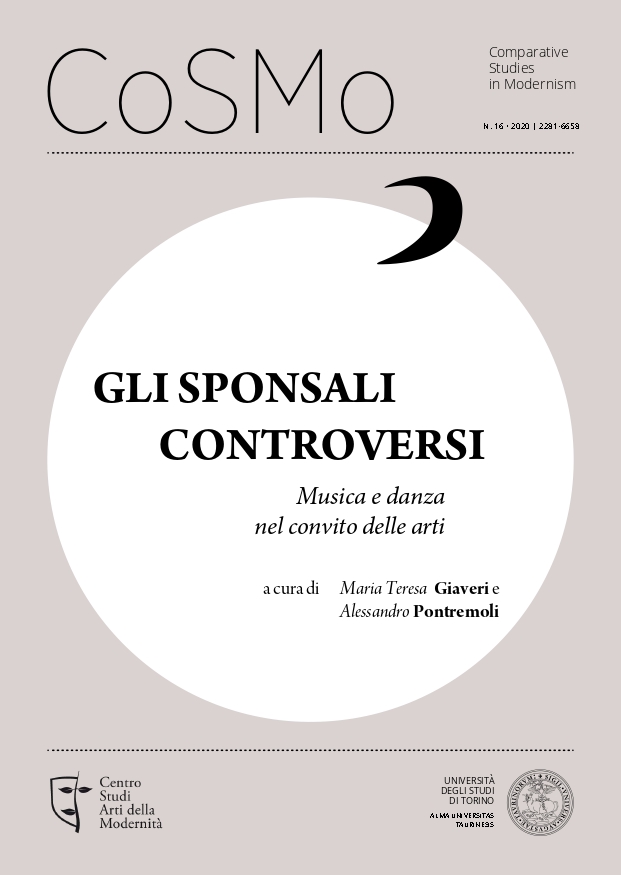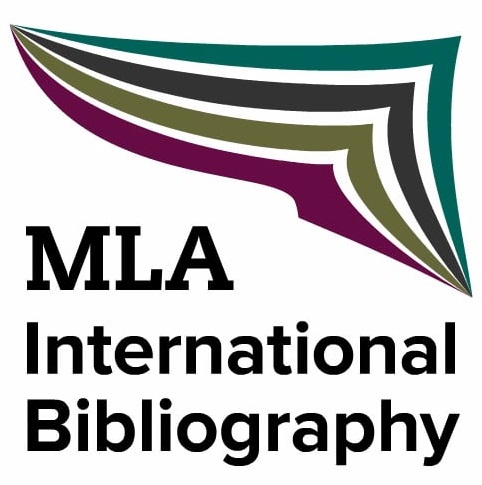Danzare l’armonia. L’incontro tra musica e danza nelle corti italiane del XV secolo
DOI:
https://doi.org/10.13135/2281-6658/4634Parole chiave:
Dance and Music in Fifteenth Century, Dance Treatises in Renaissance, Dance-Music Notation, Dance and Memory, Dance and ArchiveAbstract
The consolidated dance-music couple, so rooted in the tradition of Western dance to the present day, is a cultural construct that has its origins in the Renaissance, when for the first time in history dance is numbered among the Arts. The birth of specific dance treatises, which prescript a way of dancing for the hegemonic class, responds to the need to systematize a choreic style able to discipline the body, to provide it with features of social distinction, to reduce a physical practice through Art using words and musical notation and, finally, to leave a trace of a repertoire of choreographic compositions worthy of memory, some of which with its own musical accompaniment. The association between the two Arts reaches a point of great solidity in sharing of the measure (ethical and numerical) aimed at the aesthetic achievement of harmony.
Downloads
##submission.downloads##
Pubblicato
Fascicolo
Sezione
Licenza
Gli autori mantengono i diritti sulla loro opera e cedono alla rivista il diritto di prima pubblicazione dell'opera, contemporaneamente licenziata sotto una Licenza Creative Commons - Attribuzione che permette ad altri di condividere l'opera indicando la paternità intellettuale e la prima pubblicazione su questa rivista.







